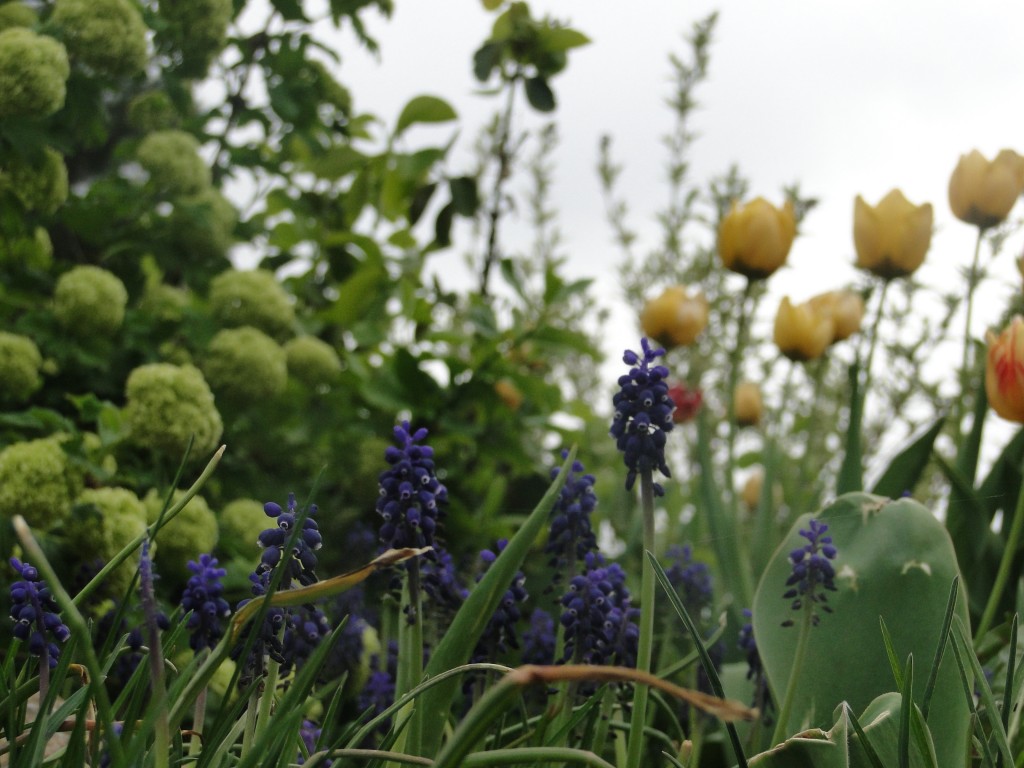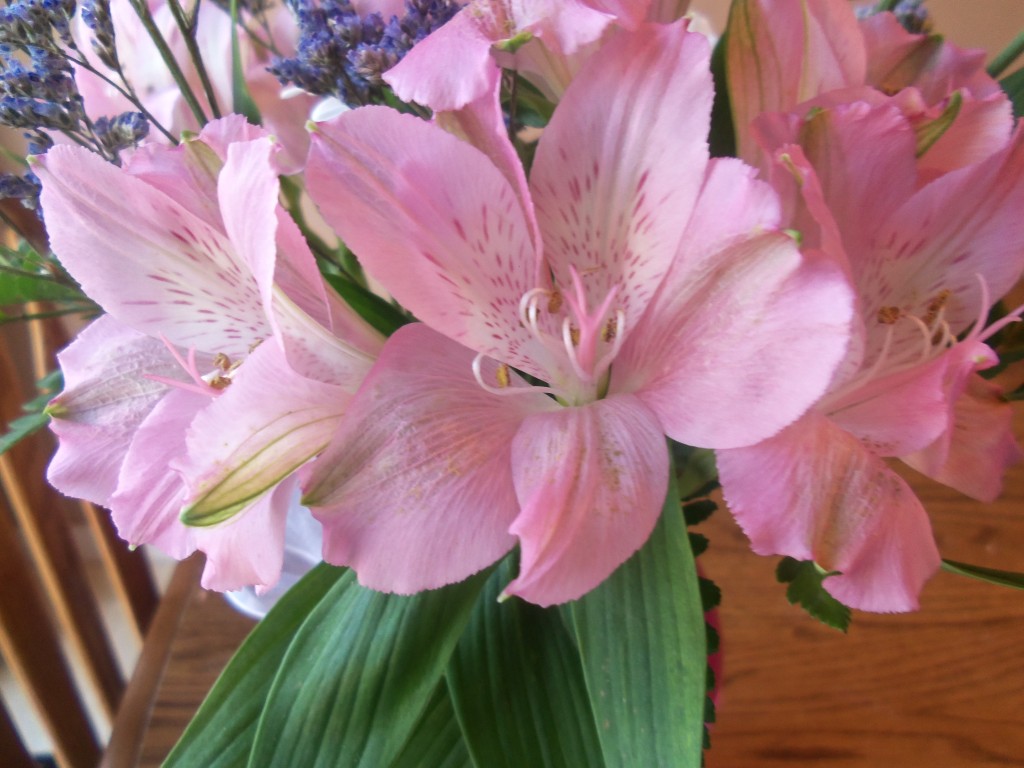Being a photographer and a photography teacher, one of the most common questions I get asked is “what camera should I buy?”. It’s a tricky question and the answer is not the same for every one. I can’t simply say such and such camera is the best, buy that one. But I can help you to know what things to look for in a camera so you know which one will be the best for you.
5 things to look for when buying a DSLR camera:
-
Sensor Size
The sensor is the thing in the camera that actually records the image after the light goes through the lens. There are two different sensor sizes in DLSR cameras.
APS-C is the smaller sensor and is usually best for beginners and students. This smaller sensor is found on cameras that are lighter, much less expensive and a lot easier to use. You must use a wider-angle lens to get the same field of view as a full frame sensor. Most of the time cropped sensors have smaller pixels, however, it is plenty for the photographer who is just starting out or is just photographing for a hobby.
The second kind of sensor is a full frame sensor or 35mm. These are usually found on professional DSLR cameras. They have more resolution but are also quite a bit more expensive. Most of the time full frame is not necessary for a beginner and can even be over kill.
-
Megapixels
The more megapixels your camera has, the more detailed and clear your images will be and, consequently, the larger you can print them. Megapixels are important when buying a camera but today almost any camera you can buy will have more than enough megapixels for even a 16×20 print. Generally, the more megapixels the camera has, the more expensive it will be. Beginners will be more than fine with a camera with even 18 megapixels.
-
Frames Per Second
This is mostly important to photographers that want to capture a moving subject. Photographers who want to shoot sports, racing or even a busy toddler will want something with more frames per second. A faster speed will help you to be sure to capture that specific moment. 10 fps is excellent for sports and all fast moving subjects. But unless you are a professional sports photographer shooting car races for a living, 5 fps will be just fine.
-
ISO
The ISO measures how sensitive the camera is to light. The higher the ISO the camera has means the less light you need to take a photograph. If you need the camera in a lot of low light situations like indoors without a flash, you might want a camera that has a high ISO.
-
Kit lens
A great way to minimize the cost of your beginner DLSR camera is to buy it with a kit lens. Most of the kit lenses are low level lenses but they are great for learning on. Once you get comfortable with lenses and see what kind of lens you need for what you photograph, you can always upgrade later. When you are purchasing your camera keep in mind that a Canon camera won’t support a Nikon lens and vise versa. If you buy a Nikon you will have to invest in Nikon lenses. If you already own Nikon lenses and want to upgrade your camera body years down the road, you will probably buy another Nikon since you already have lenses that fit. So, once you have a Nikon its hard to change to a Cannon and once you have a Cannon its hard to change to a Nikon, without a substantial investment. So, be aware of that as you choose a camera.
Here are a few cameras that I recommend for beginners:































































































































































































